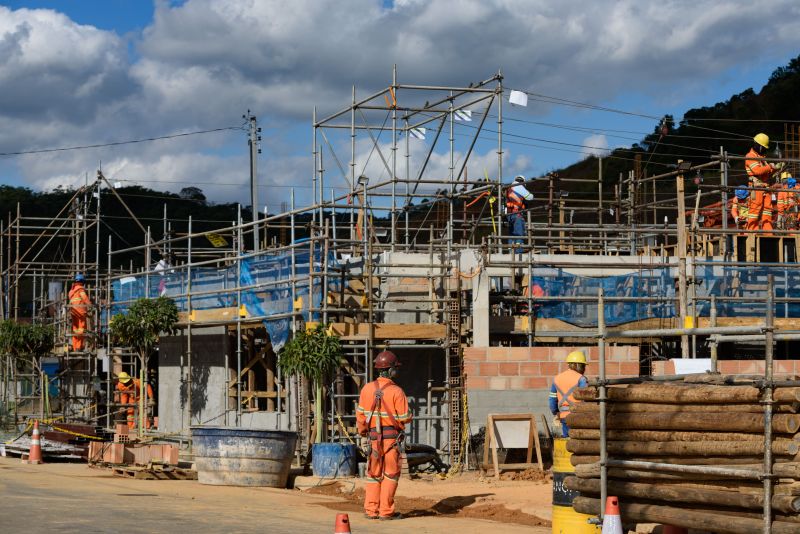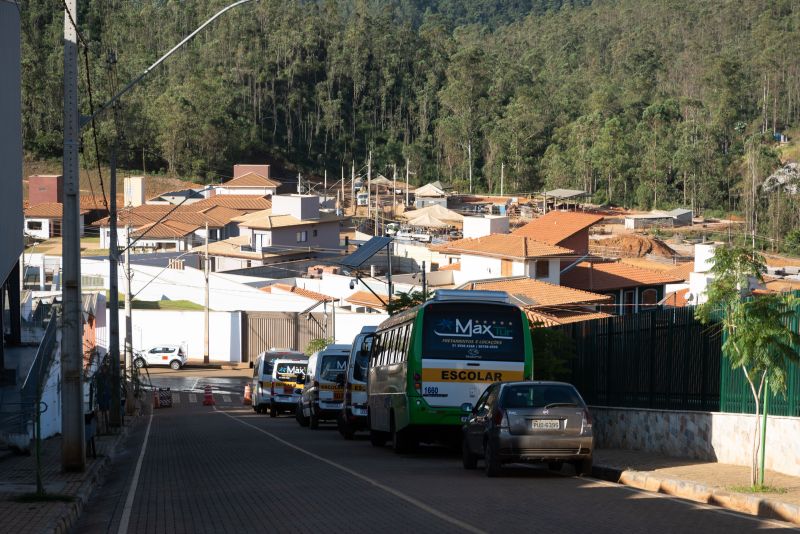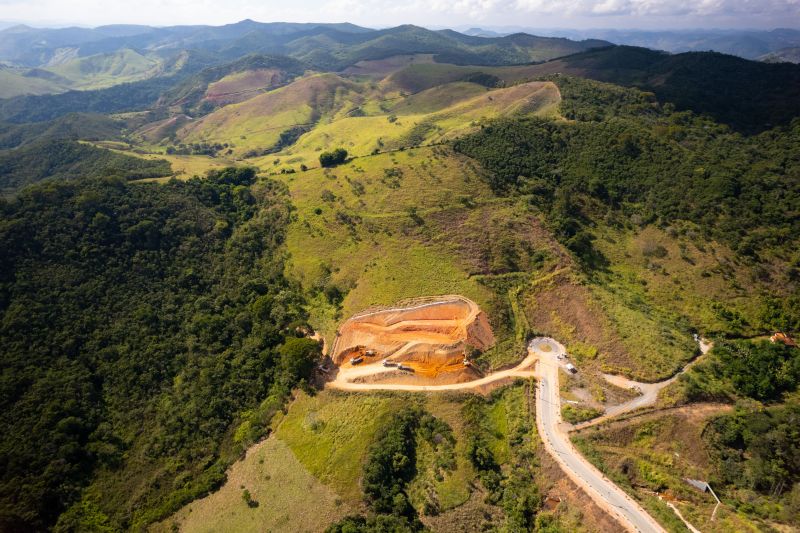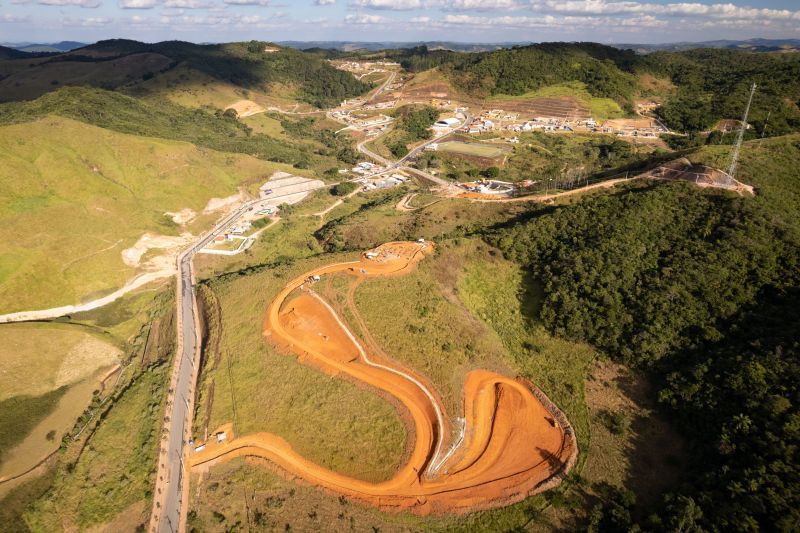The Mariana Dam disaster, which occurred in Brazil in 2015, stands as a stark reminder of the devastating consequences that can arise from mining operations gone awry. A catastrophic series of events resulted in a torrent of mud and debris cascading through the town of Bento Rodrigues, obliterating homes, infrastructure, and lives in its wake. This tragic incident not only highlights the inherent risks associated with mining but also invites a critical examination of similar disasters throughout history. From the catastrophic collapse of the Banqiao Dam in China to the notorious Chasnala mining accident in India, the repercussions of negligence, lack of oversight, and the relentless pursuit of profit have echoed across the globe. By delving into these events, we can reflect on the lessons learned, the regulatory frameworks that failed, and the enduring impact on local communities, ultimately seeking to foster a safer future for those affected by the mining industrys shadow.
Overview of the Mariana Dam Disaster

The Mariana Dam disaster, which unfolded in November 2015, stands as one of the most devastating environmental catastrophes in Brazils history. When a tailings dam operated by Samarco Mining collapsed, an avalanche of toxic waste surged through the small town of Bento Rodrigues, obliterating homes and displacing thousands. The ensuing tidal wave of sludge not only claimed lives but also inflicted irreparable damage to the Doce River, contaminating water supplies and decimating local ecosystems. This tragic event reverberated beyond its immediate impact, igniting fierce protests and legal battles that raised essential questions about corporate responsibility and regulatory oversight in the mining industry. As the dust settled, the devastating aftermath of the disaster prompted a closer examination of similar incidents worldwide, forcing stakeholders to confront the precarious balance between industrial progress and environmental stewardship.
Human and Ecological Impact

The Mariana Dam disaster, a catastrophic event that unfolded in Brazil in 2015, serves as a grim reminder of the profound human and ecological impacts that mining operations can inflict. In the wake of the dams failure, over 300 million tons of toxic sludge inundated nearby communities, decimating homes, livelihoods, and local ecosystems along its path. The poignant stories of displaced families, torn from their roots and forced into a life of uncertainty, echo the narratives seen in other mining tragedies, such as the 2010 Copiapó mining accident in Chile. Yet, it is not just the immediate loss of life and property that resonates; the long-term ecological consequences are staggering. Rivers choked with sediment and heavy metals, once teeming with life, now lie in a precarious state, battling pollution and loss of biodiversity. While regulatory measures have since tightened, the scars of such disasters remind us that the balance between resource extraction and environmental stewardship remains a critical, yet often overlooked, aspect of modern society’s reliance on mining.
The Importance of Learning from History: Preventing Future Disasters

Learning from history is paramount when it comes to preventing future disasters, especially in the realm of mining. Each catastrophic event, like the Mariana Dam disaster, serves as a somber reminder of the dire consequences that can arise from neglecting past lessons. The repeated failures in regulatory oversight, ethical responsibility, and environmental considerations highlighted by previous mining tragedies urge us to reflect deeply on our practices. Consider the 2015 disaster; it echoes the catastrophic events of decades prior, where systemic flaws and human error paved the way for devastation. By studying these incidents, we can discern patterns, identify vulnerabilities, and develop robust frameworks to ensure that the mistakes of the past do not recur. Ultimately, honoring the memory of those affected by such disasters compels us to adopt a proactive stance—transforming knowledge into action to safeguard lives and ecosystems for generations to come.
Conclusion
In conclusion, the Mariana Dam disaster stands as a stark reminder of the catastrophic consequences that can arise from inadequate safety measures and corporate negligence in the mining industry. When compared to other mining disasters throughout history, such as the Aberfan disaster in Wales and the Brumadinho tragedy, it becomes evident that the impacts are not only environmental but also deeply human, affecting the lives of countless individuals. The destruction of Bento Rodrigues casas, once a thriving community, exemplifies the long-lasting ramifications of such failures, highlighting the urgent need for stricter regulations and a commitment to sustainable practices. As we reflect on these tragedies, it is imperative to push for reforms that prioritize the safety and well-being of both people and the environment, ensuring that history does not repeat itself.


